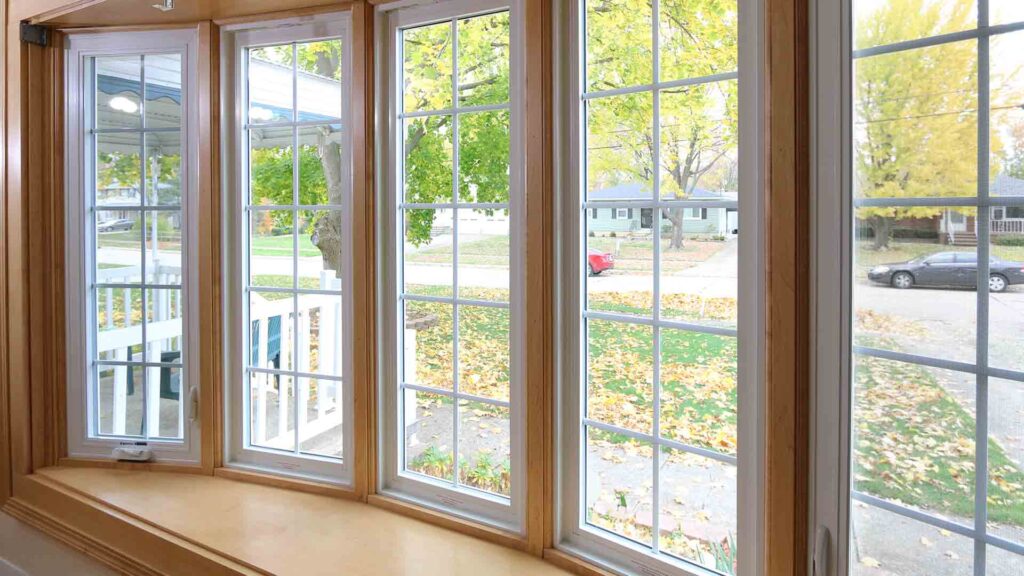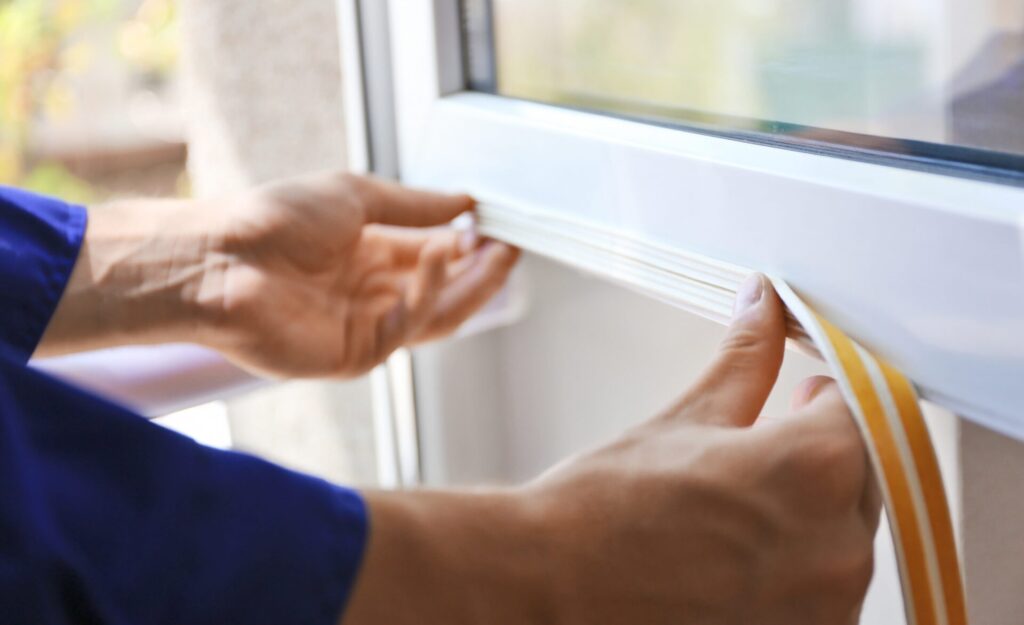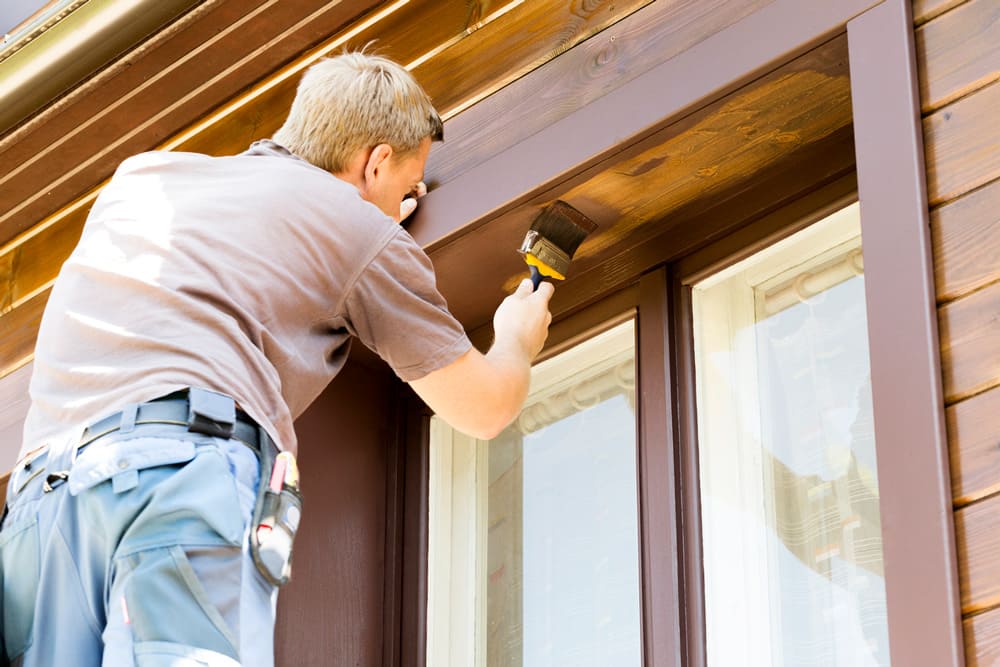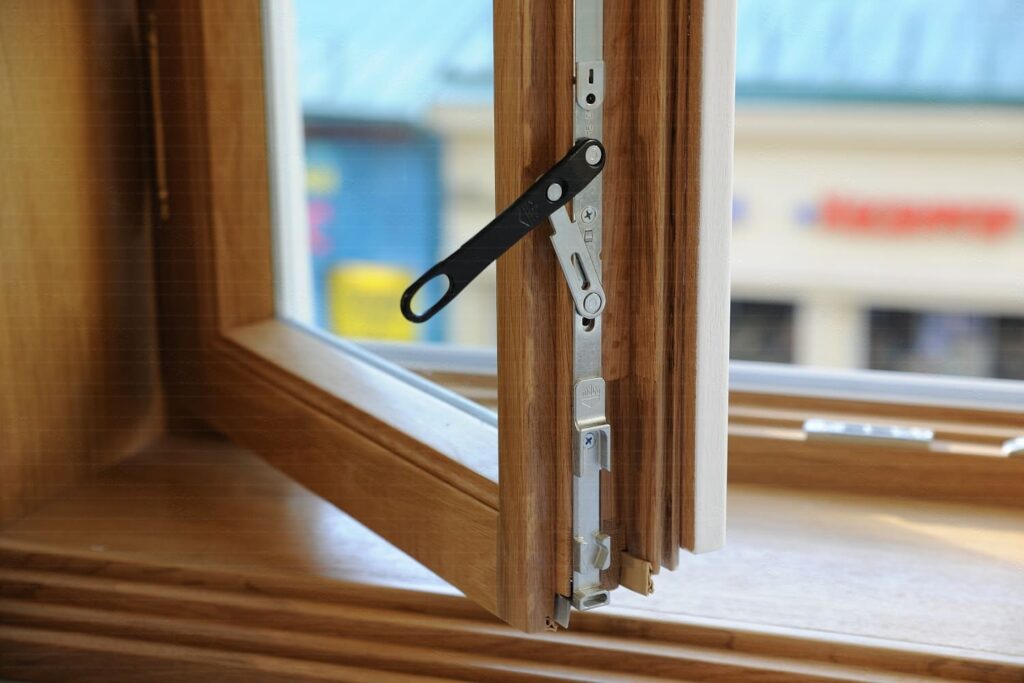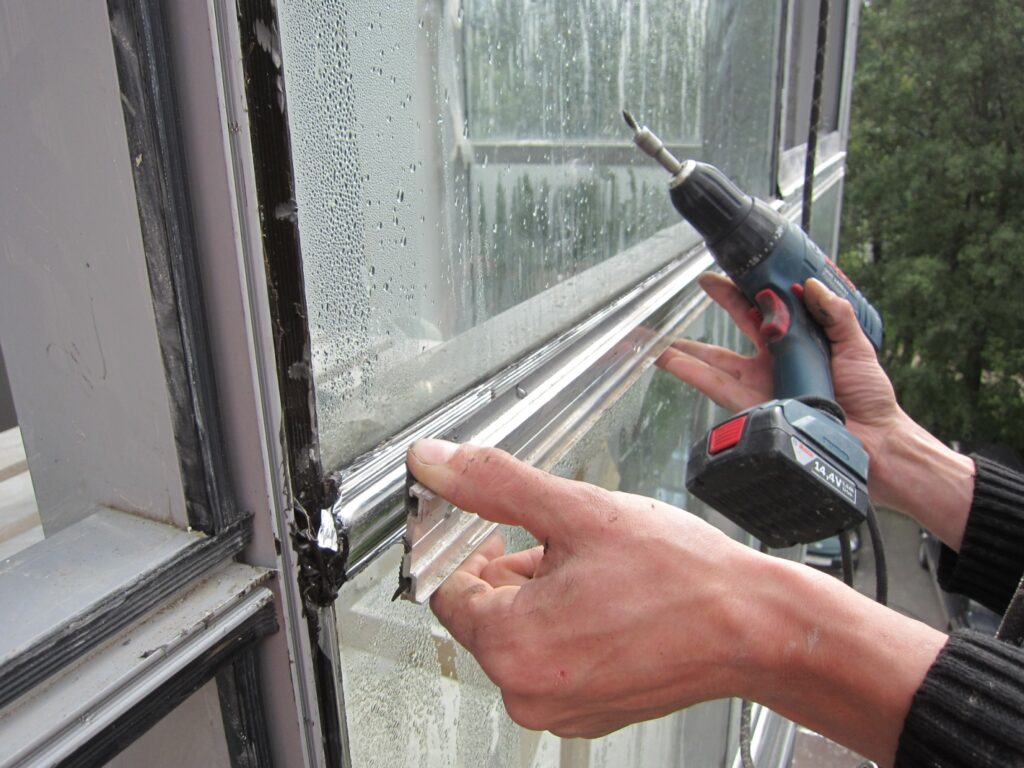Your windows might look fine at first glance—but are they really doing their job? If you’ve noticed drafts, sticking, or strange rattling noises, your window sash could be to blame. But how do you know for sure when it needs repair?
This article will walk you through the warning signs, common symptoms, and simple checks you can do yourself—before problems get worse.
Why You Should Pay Attention to the Window Sash
Most homeowners assume their windows are either “working” or “not working.” But in reality, windows can slowly decline over time—especially the sash, which takes the most wear from everyday use, weather, and gravity.
The sash is the part that holds the glass and moves when you open or close the window. If it’s damaged or worn out, the entire window system is compromised.
Key Signs That Your Window Sash Needs Attention
Not every problem is obvious. Some symptoms creep in gradually—and by the time you notice, they’ve already been costing you in comfort and energy efficiency.
Look for the following red flags:
The window is hard to open or close. If it sticks, drags, or requires force, the sash may be swollen, warped, or out of alignment.
It won’t stay open. This is common with double-hung windows—when the sash slowly slides shut, it usually means broken sash cords, springs, or balances.
You feel a draft. Even when the window is closed, air seeps through if the sash no longer seals properly.
You hear rattling in the wind. Loose or poorly fitting sashes often shake or buzz when wind hits the house.
Visible damage to wood or frame. Cracks, flaking paint, soft spots, or rot suggest that water has gotten in—and the sash may be deteriorating from the inside.
Condensation or fogging between panes. On double-pane windows, this often means the seal has failed—and the sash may need to be replaced.
Even just one of these signs can indicate that your sash needs repair. Left untreated, the problem can get worse—and more expensive.
How to Inspect Your Sash at Home
You don’t need any tools or experience to check for sash problems. A few minutes of attention is often enough to spot what’s wrong.
Here’s a simple step-by-step way to check:
Open and close the window several times. Notice if it moves smoothly or resists motion.
Check the alignment. Look at the gaps between the sash and frame—are they even?
Press gently on the glass. Does it feel solid, or does it shift slightly in the frame?
Run your hand along the edges. Feel for cold air coming through, especially in winter.
Look closely at the sash corners and bottom edge. These are the first areas to show signs of moisture damage.
After your inspection, you’ll have a much clearer idea of whether the problem is cosmetic—or a real performance issue.
When It’s Time to Call a Professional
Some problems can wait. Others shouldn’t. If the window is no longer safe, weatherproof, or operable—it’s time to call in a specialist.
You should schedule repair or assessment immediately if:
The sash is visibly rotted, soft, or crumbling
The window won’t lock or seal, creating a security risk
There’s water leaking inside the home during rain
You’re seeing mold, peeling paint, or warped trim around the window
A professional can often repair the sash without replacing the entire window—saving you money while restoring performance.
The Hidden Costs of Ignoring the Problem
Postponing sash repairs may feel harmless, but it often leads to bigger consequences over time.
Here’s what ignoring the issue can lead to:
Higher utility bills, due to lost heating or cooling
Interior damage, like wet walls, peeling paint, or warped flooring
Insect or pest entry, through small air gaps
Complete window failure, which means full replacement instead of simple repair
Fixing a window sash early is usually quick, affordable, and far easier than dealing with structural repairs later.
Final Thought: Don’t Wait for the Window to Fail
Your window sash might not seem like a big deal—until it breaks, leaks, or refuses to open on a hot summer day. But by catching the signs early and acting quickly, you can avoid costly repairs and keep your home sealed, secure, and functional.
So next time your window feels “off,” give the sash a second look. It just might need your attention.


